The Making of: Alation
Camera: Phantom Flex 4k & RED Epic-W Helium 8K
Lens: Schneider Xenon FF T2.1
Every filmmaker's dream is to shoot high speed work at least once in their life. Not because of creative reasons, but mainly because it's just fun! Especially after watching Inception and seeing some of the beautiful slow motion ramps they do. The part that I find most interesting is the technical aspects of how to even light that. Add that with the added fun of water canons and you're in for one hell of a shoot!
OVERVIEW & CHALLENGES
No budget for the big enough lights
500 FPS and above
Water Canons
Essentially one take per actor
Pre-Production
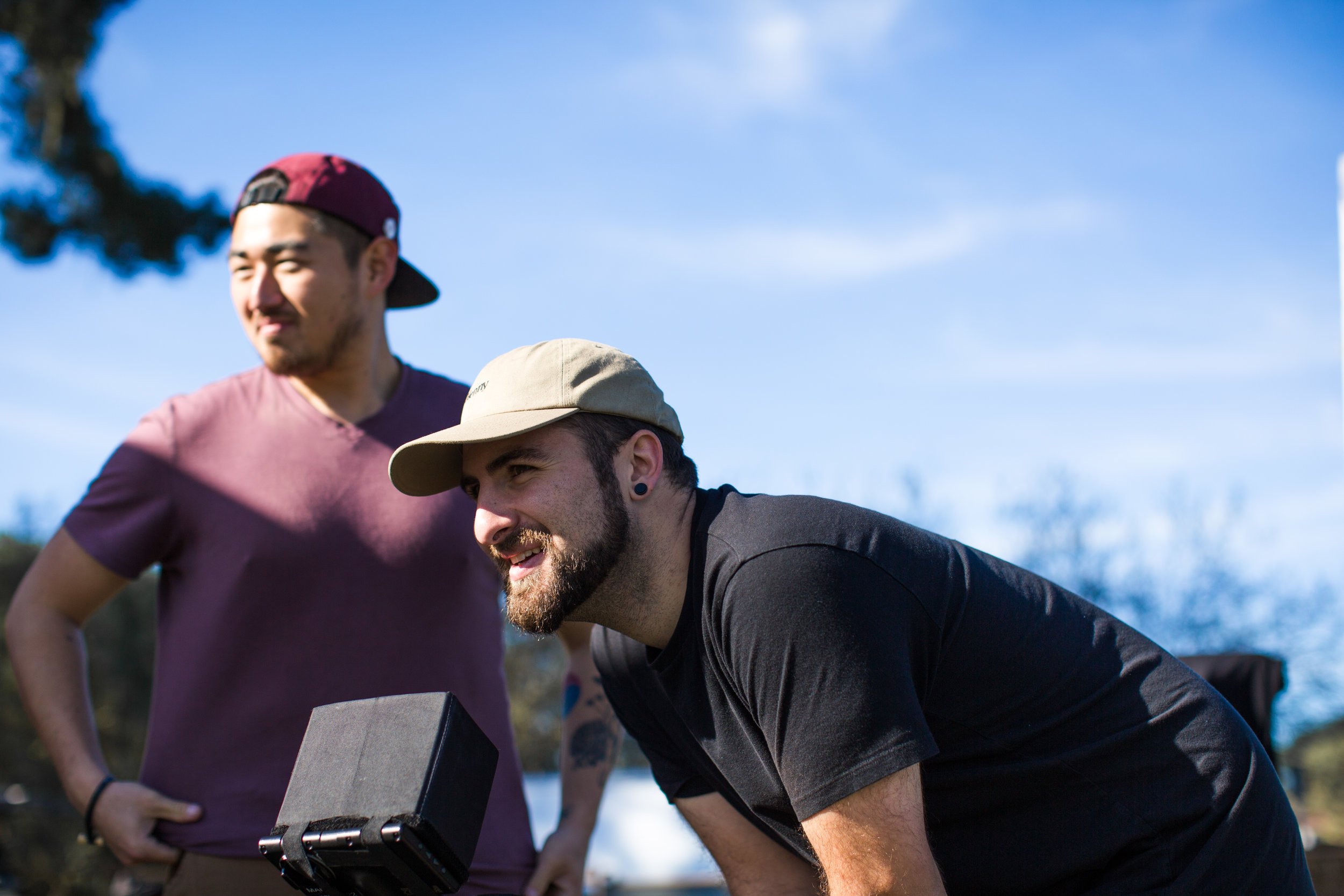
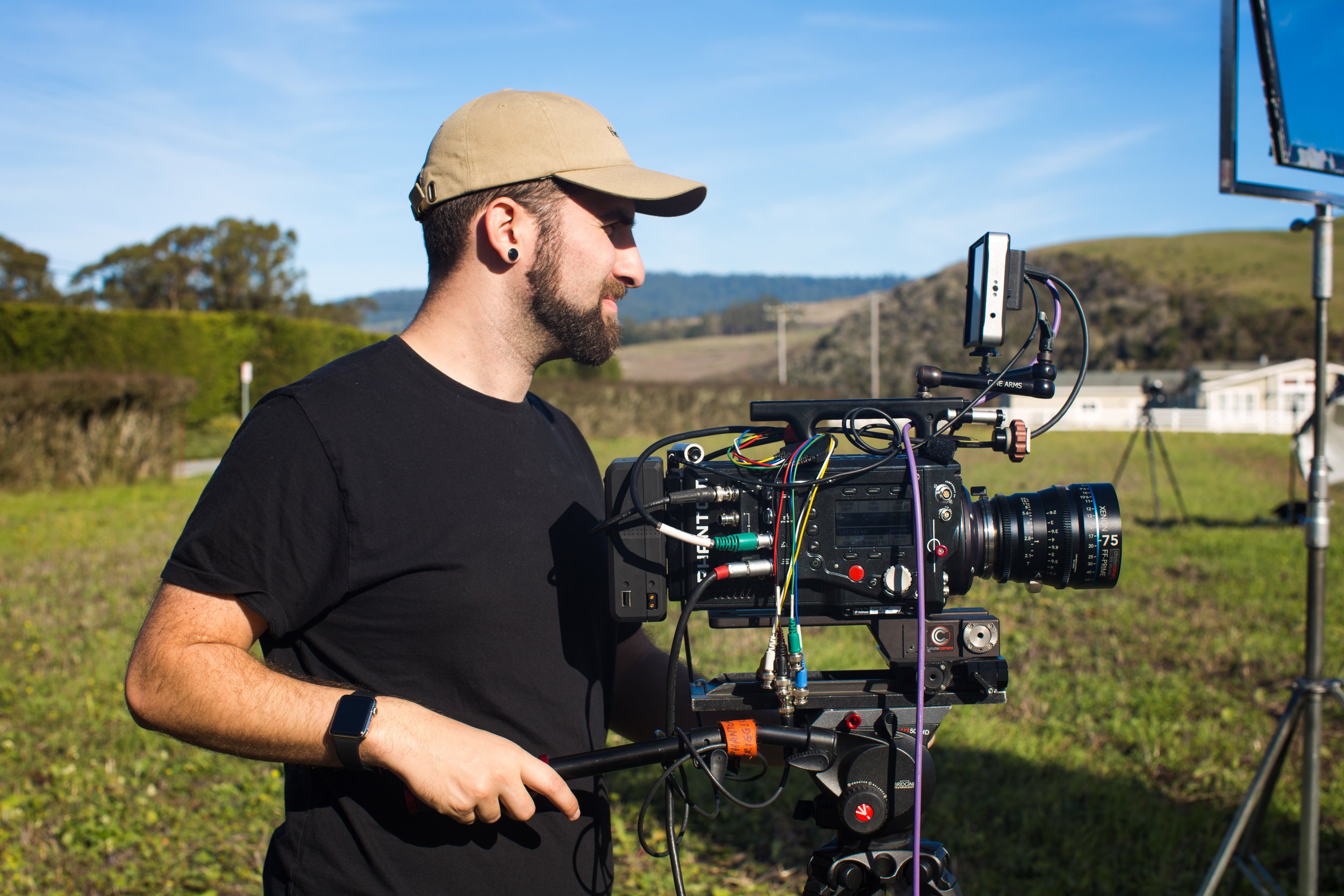

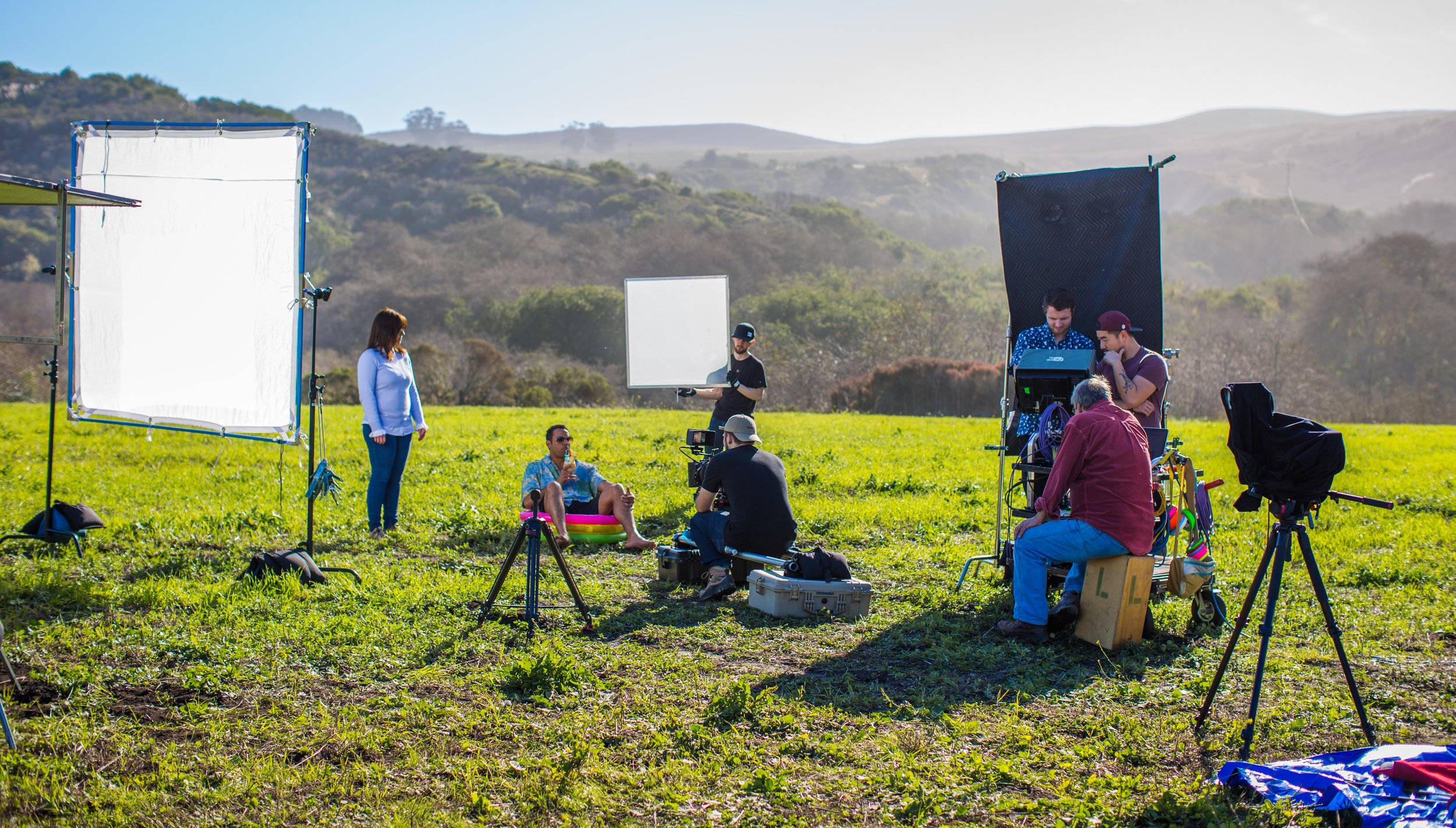
Going into the project Spenser asked me if I had ever worked with a Phantom Camera. For those of you who don't know, the Phantom line of cameras are specifically designed for high speed shooting. Just to rent for the day it costs 3K! I had never used the camera before however thanks to RED for allowing high speed shooting, I have experimented with a lot of 120 and 300fps shooting. When talking about how to shoot this I let Spenser know that you need really big and powerful lights. Not only because the light can't flicker, but you're cutting out a lot of light from the high frame rate. We decided that outside was a better option.
The only problem with shooting outside is controlling the light and deciding still if we wanted to try and bring out a big light to supplement like we normally would with an HMI. Sadly we didn't have the budget but it actually worked out in our favor. The best source ever created is the good old natural sun! Knowing this we decided to go with a 6x6 silk, some 4x4 frames with I believe 250 diffusion, and mirrors boards. We would shoot into the sun so all our water effects would be perfectly backlit, and then we would use the mirror boars in front shooting through the diffusion to act as our key and fill.
Shoot Day
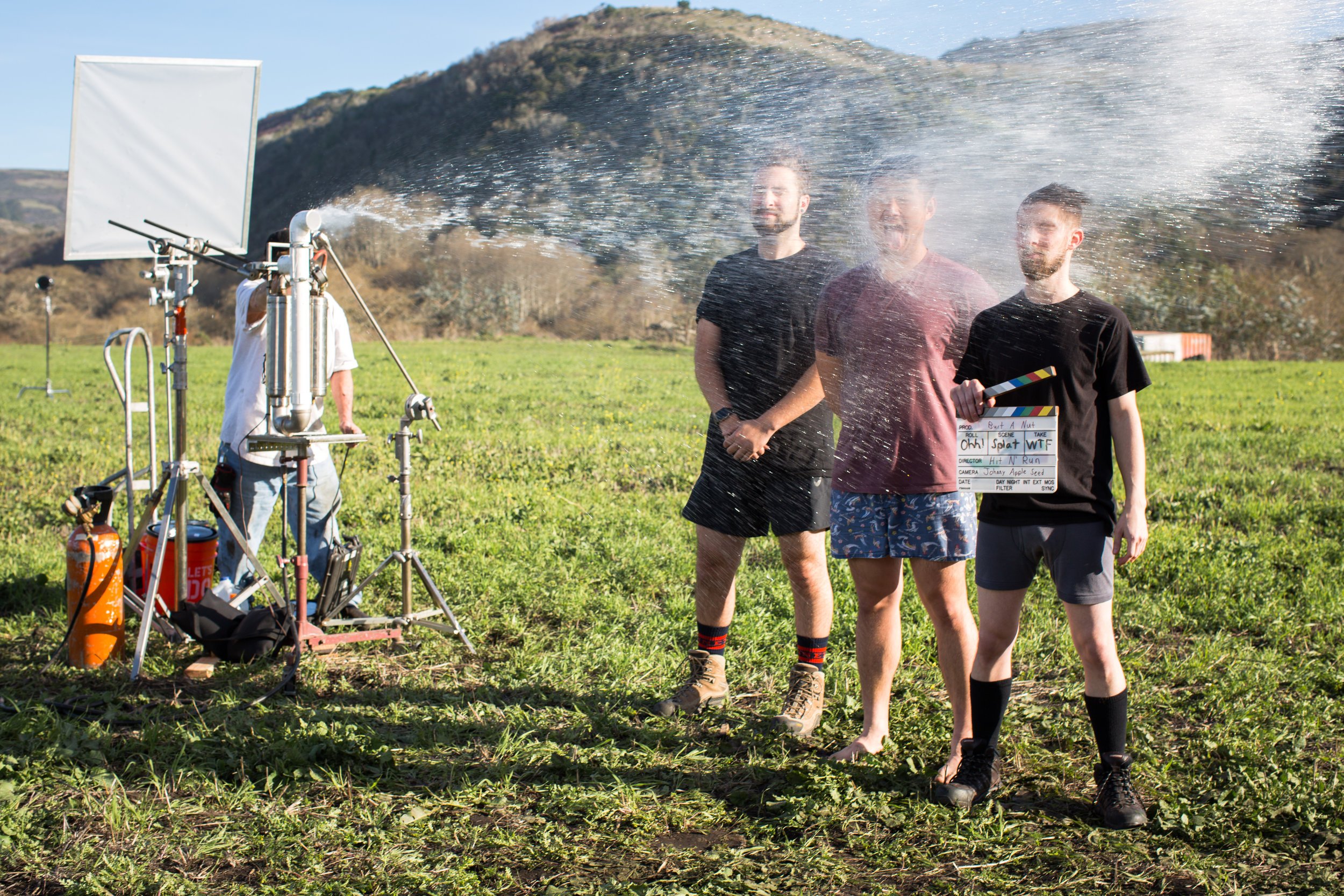
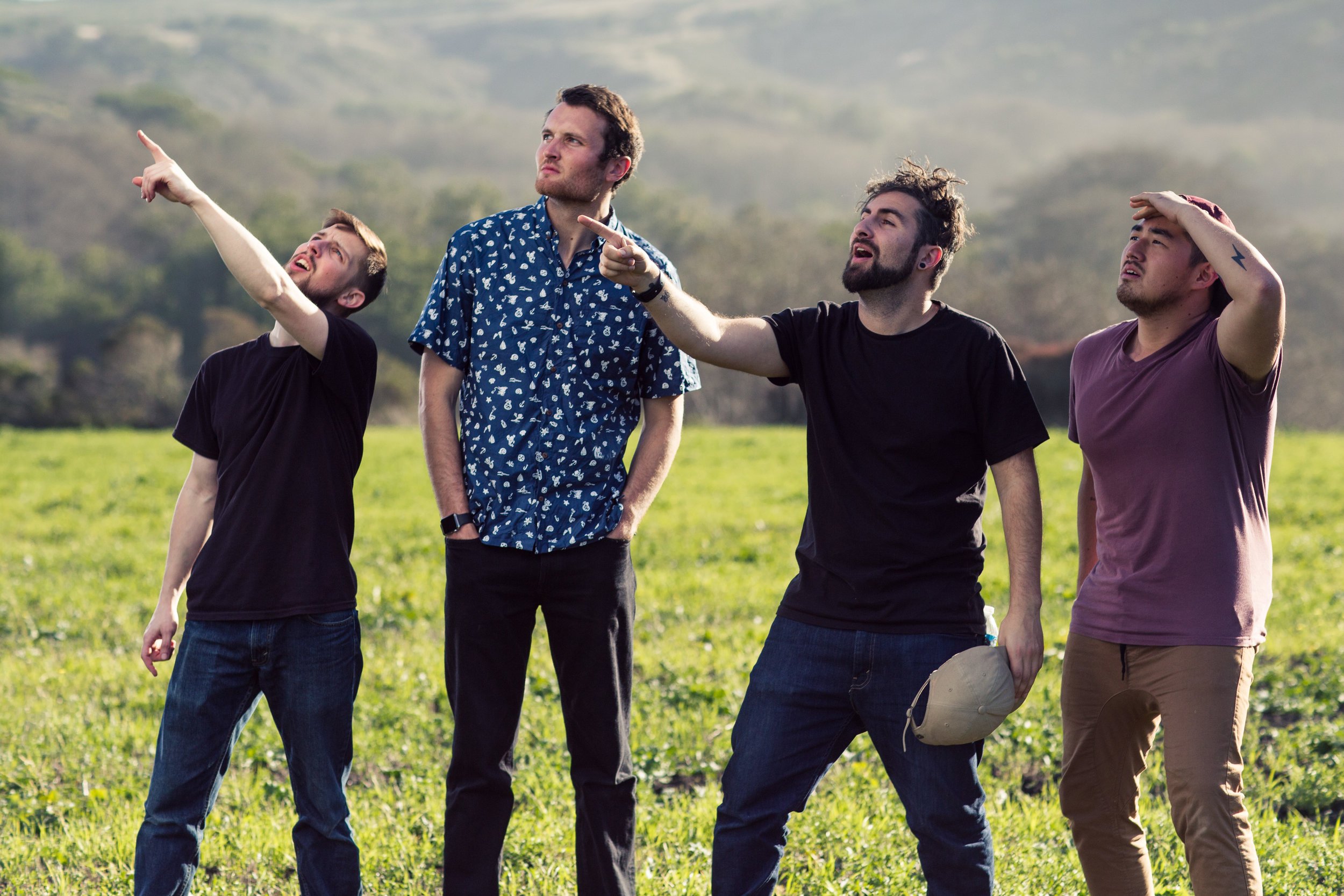


Our shooting location was beautiful Half Moon Bay California. Unlike most days in Half Moon, it was bright and sunny which was only going to help us. My biggest worry was is was going to be very overcast. We had done a lot of testing in my garage the night before about how to properly trigger the cameras record and what LEDs would hold up against the high speed. Obviously the lights weren't relevant but hey, when you have a 3k rental, you play around.
The most important challenge was testing the water cannon. We only had 1 take with each actor because they would be completely soaked! Our FX guy set it up and we had someone stand in to gauge the height of the blast. We had them step out and we fired the cannon. All of us agreed the height needed to change a little bit and we were ready to shoot.
As a second option I ran my Epic-W as second camera next to the Phantom. I believe the settings were 2K at 300-500fps. We shot some of our actors in their scenes before the cannon to make sure everything with them dry was filmed. Those only took about an hour and it was time for the water cannon. Our first attempt went perfectly! We all couldn't stop laughing watching the playback. This is when we started to create more movement in the other takes like our man's glasses ripping off his face. I ended up removing the screws from both hinges.
The other actors were just as good and we wrapped our day before lunch! Of course, there was no way I was leaving set without getting a video of myself getting blasted by all the water! Camera, G&E, and our Director Spenser all got in front of the camera to get blasted in the face by the water cannons. Everything on the shoot went smoothly thanks to prep work and some good luck with the sun. I highly recommend shooting with the Phantom Flex 4k for no other reason than, it's a blast.


